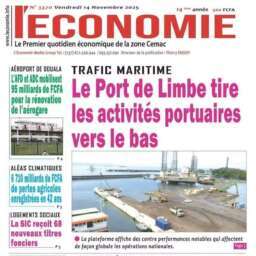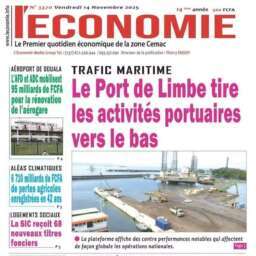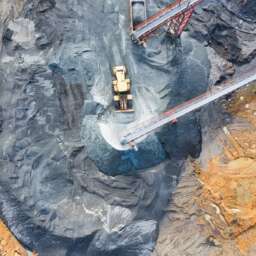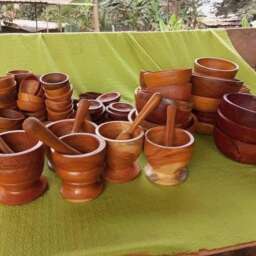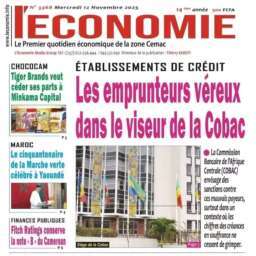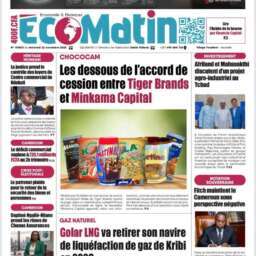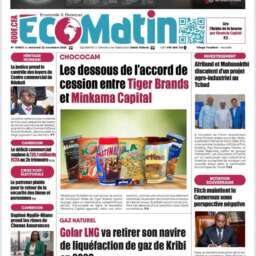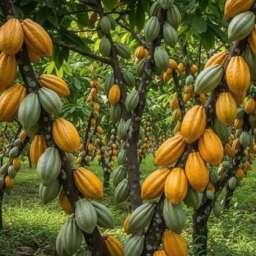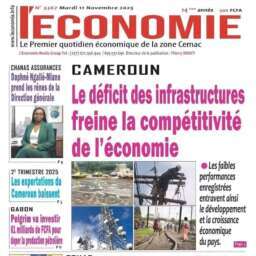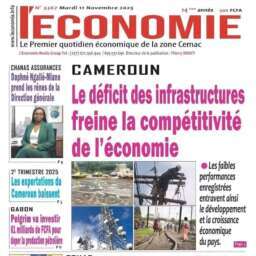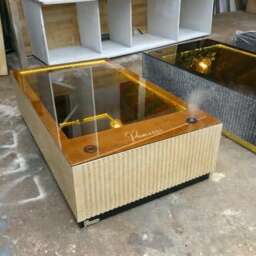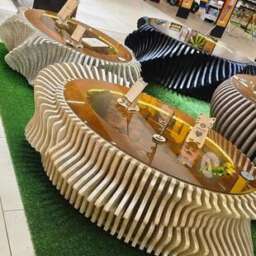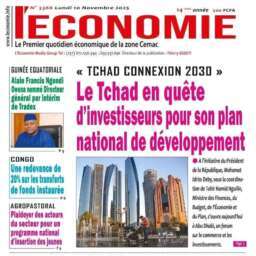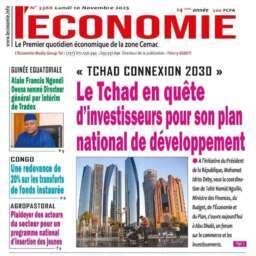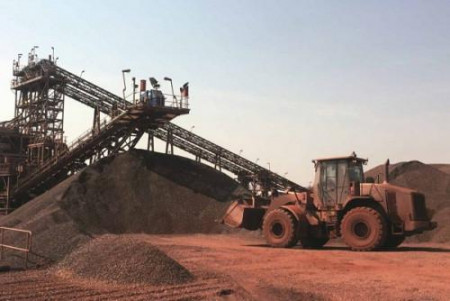(Business in Cameroon) – The Littoral region saw a significant rise in pozzolana extraction in 2023, with 644,327 cubic meters mined, according to the latest statistical yearbook published by the National Institute of Statistics (INS). This marks a 1,510% increase from 2022, when production was under 40,000 cubic meters.
Pozzolana, a volcanic rock essential in cement and construction materials manufacturing, has become increasingly sought after due to the rapid expansion of cement factories in Cameroon, most of which are located in the Littoral region. After nearly five decades of monopoly by Cimenteries du Cameroun (Cimencam), the sector has diversified since 2015 with five new cement producers establishing plants, including Portuguese company Cimpor in the Kribi industrial-port zone and four others in Douala, the regional capital.
Key players include Nigerian Dangote Cement with a capacity of 1.5 million tonnes; Moroccan Cimaf, which recently tripled its initial 500,000-tonne output following plant expansion; Medcem Cameroon, a subsidiary of Turkish Eren Holding, producing 600,000 tonnes; and Mira Company, which increased production from one million to 1.5 million tonnes after commissioning a new line in June 2022. All these companies also mine pozzolana deposits to fuel their operations.
The exploitation of pozzolana in the Littoral is set to intensify further. During a March 2025 field visit, Cameroon’s Acting Minister of Mines reported that three new Chinese-owned cement plants in Edéa, Littoral, are poised to start production soon.
The first, Sinafcim, aims for an annual output of one million tonnes, with production initially expected in April 2025. Central Africa Cement (CAC) plans to produce 1.5 million tonnes annually, while Yousheng Cement, currently under construction on the banks of the Dibamba River near Douala, is projected to add 1.8 million tonnes to national production.
This surge in pozzolana extraction reflects the broader growth and diversification of Cameroon’s cement industry, positioning the Littoral region as a key hub for construction materials in the country.
Brice R. Mbodiam





